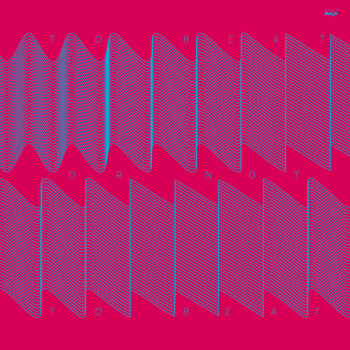
EMEGO 197X / COH
TO BEAT OR NOT TO BEAT
- 1.1. WAVE TO BEAT
- 1.2. Meguro 10-6
- 1.3. BECHA-KPACHA
- 1.4. ungear moi
- 2.1. eena ferroix
- 2.2. Moonviewhigh
- 2.3. Bond Number
- 2.4. Helicon
- 3.1. BECHA-KPACHA (Matmos Asis Mix)
- 3.2. Bond Number (JG Thirlwell Mix)
- 3.3. ungear moi (John Parish Mix)
- 3.4. BECHA-KPACHA (Matmos Crunchtime Mix)
- 4.1. eena ferroix (Ryuichi Sakamoto Mix)
- 4.2. Helicon (Drew McDowall Mix)
- 4.3. BEAT TO WAVE
VINYL ONLY. NO DIGITAL
Recorded May 2013 - Jan 2014
Music and lyrics: Ivan Pavlov/COH, assisted by tin-y.
Remixed in Spring 2014 - thank you Drew, Martin, Jim, John, Ryuichi and Drew.
Cover art: Stephen O'Malley & COH.
Video art: Julieta Triangular, Marianne Lois-Iron, Paul Prudence, Dustin Dis
www.vimeo.com/channels/tobeat
Special double vinyl set of COH’s TO BEAT album (released previously as CD) featuring exclusive remixes by Matmos, JG Thirlwell, John Parish, Ryuichi Sakamoto and Drew McDowall. Original TO BEAT notes:
Picking up right where the last track on the previous COH release RETRO-2038 left off, the new album is focused on the use of beats within the similar aesthetics. While most of the previous COH records openly shy away from accentuated beat structures and instead build up their rhythmical content by layering waves and pulses, every track on TO BEAT is padded with just that - beats. The music transition is illustrated in the album's artwork, displaying transformation of a sine-wave, a tone, into a waveform which is "beat". This mathematical progression is made audible in the album's opening track WAVE TO BEAT. The rest of the album, however, steers clear from dull math and presents the beats in their more traditional context of what could be referred to as "adventurous dance music", taking the listener through various examples of beat use with the sense of playfulness and joy. The final piece, BEAT TO WAVE, wraps it up by dissolving a simplistic post-techno piece into a tonal chord. This brings back the album's main idea, where tone and beat are essentially one and the same, like vowels and consonants in a language, like Yin and Yang in music.
